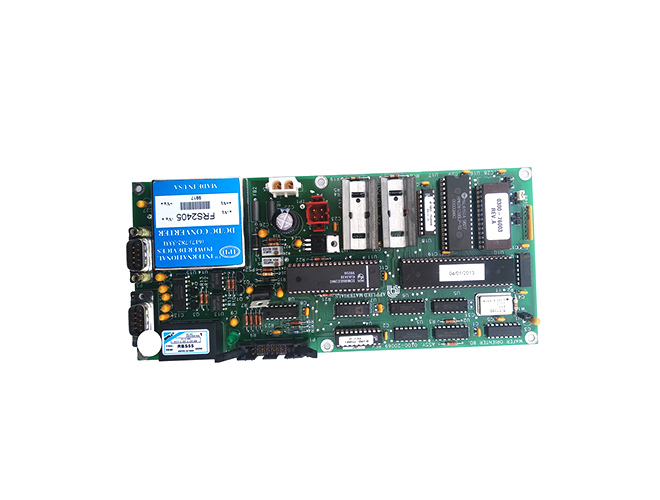-
CN
-
Service Hotline
+8618129931046 Mr. Liao


Time:2025-04-23 Views:1

The Surface Mount Technology (SMT) post-patch PCBA (Printed Circuit Board Assembly) inspection process is a critical phase in the manufacturing of electronic products, ensuring the reliability and quality of the assembled circuit boards. This multi-step inspection process involves various techniques and tools to detect potential defects introduced during the SMT assembly process, such as solder joint issues, component misplacement, and electrical failures.
The first stage of the inspection process typically begins with a visual inspection. Trained operators or automated optical inspection (AOI) machines examine the PCBA under magnification to identify obvious defects. AOI systems use cameras and advanced image processing algorithms to compare the actual component placement and soldering on the board against pre-programmed design specifications. They can detect issues like missing components, incorrect component orientation, and solder bridging, where excess solder connects two or more pads that should be electrically isolated. Visual inspection by human operators can also catch subtle defects that may be missed by machines, such as minor scratches on the board surface or insufficient solder coverage.
After the visual inspection, the PCBA may undergo an X-ray inspection, especially for components with hidden solder joints like ball grid array (BGA) and chip scale package (CSP) devices. X-ray inspection works by passing X-rays through the PCBA. The different densities of materials in the components and solder joints cause variations in the X-ray absorption, creating a detailed image of the internal structure. This allows inspectors to detect issues such as voids in solder joints, cold solder joints, and misaligned BGA balls. By identifying these hidden defects early, manufacturers can prevent costly failures later in the product lifecycle.
Electrical testing is another crucial part of the post-patch inspection process. In-circuit testing (ICT) is commonly used to test the electrical connections and component functionality on the PCBA. ICT probes make contact with test points on the board and apply electrical signals to test individual components, such as resistors, capacitors, and integrated circuits, to verify their values and proper connections. Flying probe testers are often employed for prototypes or low-volume production, as they can be programmed to test specific points on the board without the need for custom test fixtures. Functional testing is also performed to simulate the actual operating conditions of the PCBA. This involves powering up the board and running software or inputting test signals to check if the board functions as intended, ensuring that all its features and interfaces work correctly.
Finally, the PCBA may undergo environmental stress screening (ESS) in some cases. This includes subjecting the boards to various environmental conditions, such as temperature cycling, humidity, and vibration, to simulate real-world usage scenarios. ESS helps to identify any latent defects that may not be apparent during normal testing but could cause failures over time due to environmental factors. By following this comprehensive SMT post-patch PCBA inspection process, manufacturers can significantly improve the quality and reliability of their electronic products, reducing the likelihood of field failures and enhancing customer satisfaction.